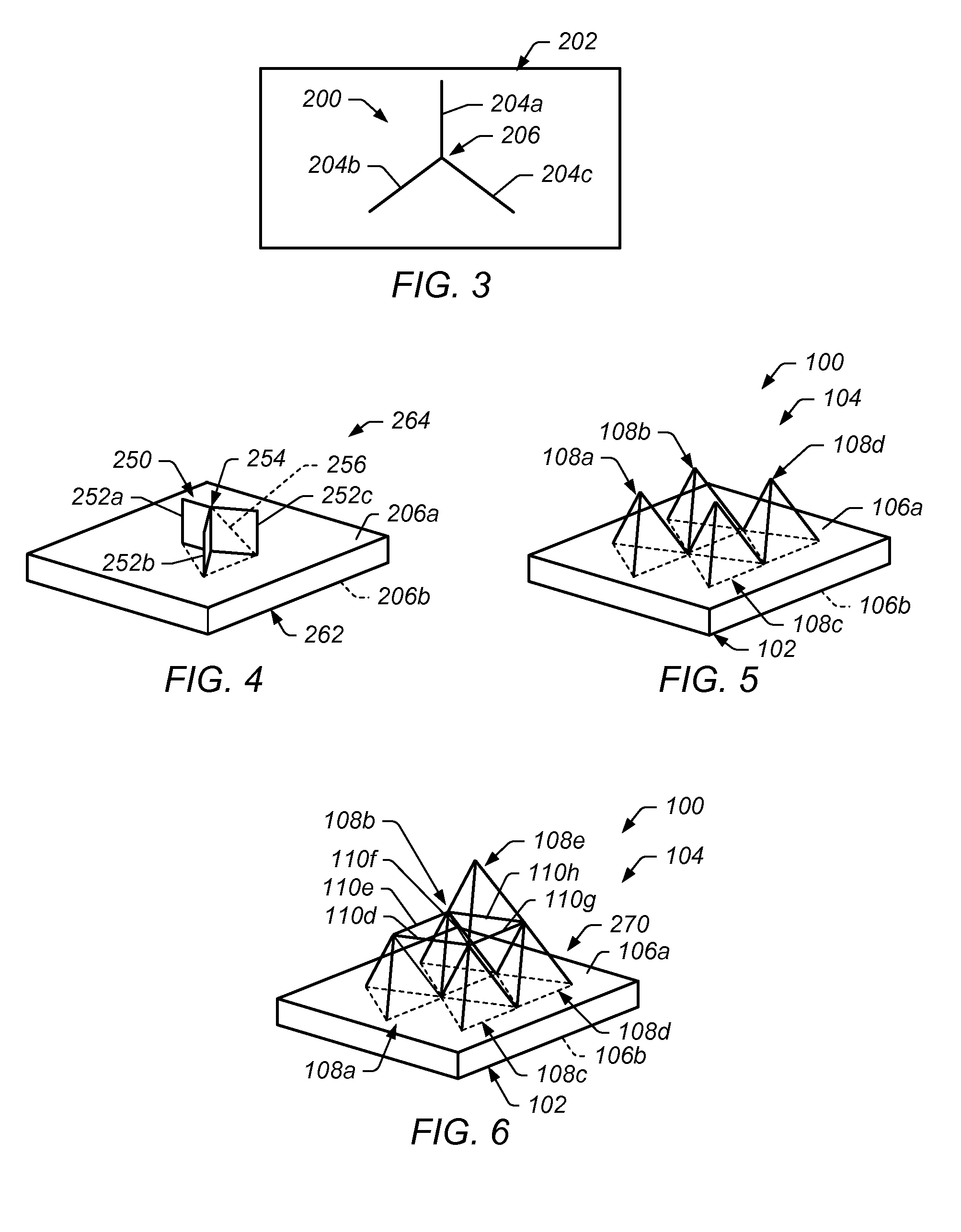Implant interface system and method
a technology of implant interface and bone interface, applied in the field of implants, can solve the problems of insufficient bone interface between the bone, affecting the long-term success of the implant procedure, and current implant design may be susceptible to drawbacks
- Summary
- Abstract
- Description
- Claims
- Application Information
AI Technical Summary
Benefits of technology
Problems solved by technology
Method used
Image
Examples
Embodiment Construction
[0038]As discussed in more detail below, certain embodiments of the present technique include a system and method for implants, including orthopedic implants. In some embodiments, an implant includes a bone-implant interface that facilitates integration of the implant with adjacent bone structures. In certain embodiments, the bone-implant interface provides for effective load transfer between the implant and the adjacent bone. In some embodiments, a bone-implant interface includes a surface of the implant having an interface structure (e.g., a rod structure) extending therefrom that is to be disposed in bone structure during use. In certain embodiments, the rod structure includes a first portion extending away from the surface of the implant and a second portion oriented at least partially oblique to the first portion of the rod structure. In certain embodiments, the rod structure comprises a two dimensional structure extending from the surface. In some embodiments, the rod structur...
PUM
 Login to View More
Login to View More Abstract
Description
Claims
Application Information
 Login to View More
Login to View More - R&D
- Intellectual Property
- Life Sciences
- Materials
- Tech Scout
- Unparalleled Data Quality
- Higher Quality Content
- 60% Fewer Hallucinations
Browse by: Latest US Patents, China's latest patents, Technical Efficacy Thesaurus, Application Domain, Technology Topic, Popular Technical Reports.
© 2025 PatSnap. All rights reserved.Legal|Privacy policy|Modern Slavery Act Transparency Statement|Sitemap|About US| Contact US: help@patsnap.com



